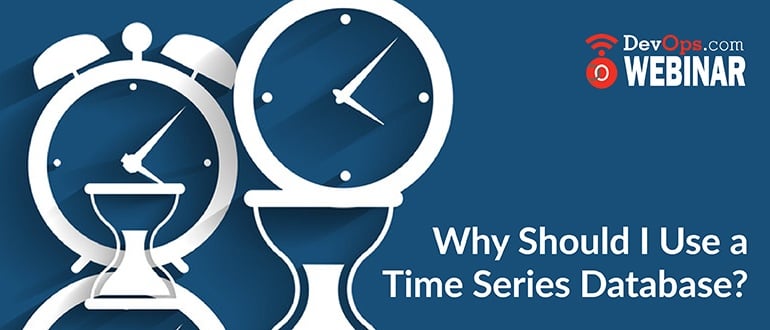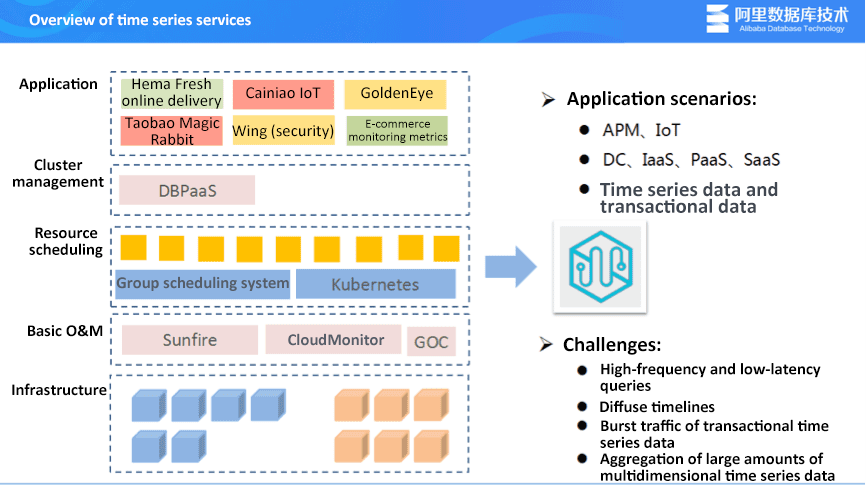
The datasets tend to be smaller but useful nonetheless. Let’s say your new startup is predicting airfare prices – you can simply key in “average USA airfares” and Google will return datasets and related searches. Sure you use Google for all manners of searches, but less well-known is its dataset search engine. If that’s not enough, just query Kaggle’s dataset engine and you’ll find over 1,682 listed (last time we checked). Some notable sets include: Walmart Sales in Stormy Weather, Wikipedia Web Traffic Forecasting, Favorita Grocery Sales Forecasting, Recruit Restaurant Visitor Forecasting, and COVID19 Global Forecasting.
#Time series database series#
Given the popularity of time series models, it’s no surprise that Kaggle is a great source to find this data. Where there are Kaggle competitions there will be a dataset to go with it. Awesome Public Datase t is an incredible resource with many time series sets included. You’ll find some open source directories listed on GitHub itself such as the Awesome Time Series Database. Luckily, a few kind souls have done some of the work for us. However, the downside is you’ll need to do a bit of legwork to find access. GitHub has perhaps the widest and most diverse set of time series datasets available anywhere. Each time series data set is easily downloadable and many include time series graphs for quick reference. Drill down on the host of economic and research data from many countries including the USA, Germany, and Japan to name a few. It contains over 750,000 data series points from over 70 sources and is entirely free. When it comes to time-series datasets, FRED is the motherload.

Newly developed neural network architectures have taken time-series analysis to a new level Examples of time series datasets Time series has a long history and are used to diagnose past behavior as well as to predict future behavior. However, time series models go beyond simple data timestamps. These observations with continuous timestamps are often collected with their target variables to build basic regression models. What is time series?Īn essential characteristic of time series data is that it’s a collection of data point observations that are stored with respect to their time. Here are a few things to consider and some datasets to get you started. Learning time-series techniques will become increasingly important to any serious data scientist or machine learning engineer.

It can be used for econometrics, trend detection, pattern recognition, predictions, and is an essential ingredient in statistics, machine learning, and even deep learning models. Thanks to the Internet of Things, smart cities, e-health, autonomous machines, and other innovations, time series datasets are being produced in even more massive quantities. īefore reading this tutorial, assume that you already know simple knowledge about MQTT, EMQX. So far, we have implemented the business development of using the rules engine to store messages to InfluxDB. Then check InfluxDB and see if the new data point is added successfully: $ docker exec -it influxdb influx After the transmission succeeds, you can see that number of hits for current rule has changed to 1. Switch to the Tools -> Websocket page, connect to EMQX with any Client ID, and send the following message in the Message card after the connection is successful:Ĭlick the Send button. Test with the Websocket tool in Dashboard



 0 kommentar(er)
0 kommentar(er)
